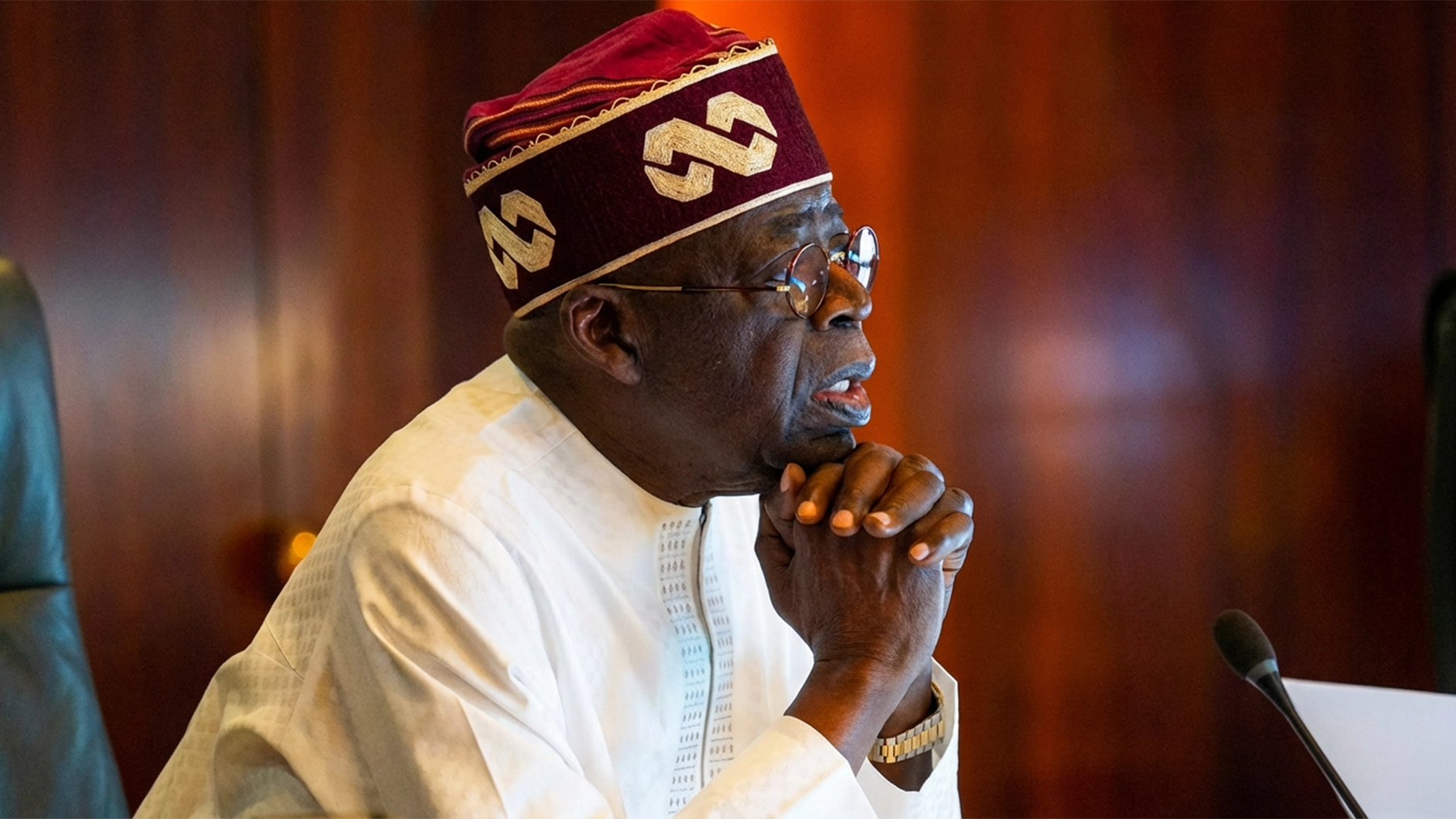Sticky
‘Sola Richards
A new report by SBM Intelligence has revealed that at least 1,686 people were killed in 909 separate incidents of gang-related violence across Nigeria between January 2020 and March 2025, with Rivers and Lagos states accounting for the highest number of fatalities.
The report, released on Tuesday, indicates that the South-South and Southwest geopolitical zones were the most affected, driven by longstanding cult rivalries and territorial disputes among groups such as Vikings, Icelanders, Eiye, Aiye, Black Axe, and Greenlanders.
Rivers State topped the fatality chart with 215 recorded deaths, followed by Lagos with 197 and Edo with 192. In total, the South-South region accounted for more than 750 deaths, with incidents concentrated in Rivers, Delta, and Bayelsa States.
The report links the high frequency of clashes in these regions to the dominance of rival cult groups. In Rivers State, the competition between Viking, Icelanders, and Greenlander factions was cited as the major cause of recurring violence.
In the Southwest, over 491 deaths were recorded, particularly in Lagos and Ogun States, where the Aiye and Eiye confraternities continue to clash. The Southeast region also experienced widespread violence, with 215 fatalities, especially in Anambra State, where cultism has become increasingly linked to separatist movements.
Benue State, in the North-Central region, recorded 204 deaths attributed to local cult groups such as Scavengers and Chain, often operating alongside communal disputes. Other affected states in the region include Kwara and Nasarawa.
Conversely, the report noted significantly lower cult-related fatalities in the Northeast and Northwest. Combined, these regions recorded fewer than 30 deaths, as insecurity there is largely dominated by terrorist groups and armed bandits, leaving less space for conventional gang activity.
“Between January 2020 and March 2025, data from SBM Intel’s Violence Tracker indicated that no fewer than 1,686 people were killed in at least 909 incidents of gang violence across Nigeria,” the report stated. It added that the average fatality rate per incident was approximately 1.85.
The year 2021 was identified as the most lethal, with 377 deaths across 173 incidents. Analysts attributed the spike to worsening economic conditions and political tensions following the COVID-19 pandemic. In contrast, 2022 saw a decline, with 228 deaths from 97 incidents, possibly due to targeted crackdowns and temporary ceasefires among rival groups.
However, 2024 recorded the highest number of reported incidents—273—but with fewer deaths than in 2021. The report suggested that this increase may be due in part to expanded visibility through social media platforms like TikTok and Twitter, where community-level reporting has become more common.
The report also highlighted that the economic downturn and unemployment have pushed more young Nigerians into cult-related activities, fueling the persistence of violence. With 2025 already showing signs of surpassing 2022’s total within its first quarter, the trend appears to be on the rise despite intensified security efforts.
“This surge might be attributed to the democratisation of reporting through social media platforms like TikTok and Twitter, moving incident accounts beyond traditional police releases.
“The dire economic situation further exacerbates the problem, pushing more young people into crime, with incident numbers for the first quarter of 2025 already on track to exceed 2022’s total.
“While partial data for 2025 suggests a potential decline, possibly due to intensified security operations, the overall patterns highlight persistent instability, influenced by economic factors, election cycles, and varying security measures,” it added.
Among the states with high incident rates, Edo, Ogun, and Delta collectively recorded 490 clashes and 899 deaths, more than half of the national totals. In Edo alone, a violent outbreak between Black Axe and Eiye members in December 2023 led to the death of over 30 people within one week.
Anambra State followed with 128 reported deaths, many tied to both gang violence and separatist-related unrest. Akwa Ibom and Bayelsa recorded 89 and 69 deaths, respectively, linked to overlapping militancy and cult clashes.
Unusual spikes in cult violence were also reported in Osun (55 deaths) and Kwara (58 deaths), where cult groups are believed to have expanded from neighbouring states.
States such as Borno, Kebbi, Sokoto, Yobe, and Zamfara reported little to no cult-related deaths. The report attributed this to the prevalence of insurgency and armed banditry in those areas, which often displace or deter smaller gang operations.
SBM Intelligence noted that over 1,200 additional incidents were excluded from the dataset because the identities of the groups involved could not be independently confirmed.






